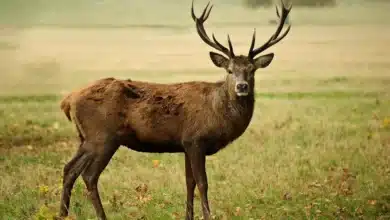Classic East African Ecotourism
The East African Nations of Kenya and Tanzania Have Long Been The Places For Classic African Safari Type Wildlife Travel
Ecotourism is a big business in both Kenya and Tanzania, two former British colonies on the East Coast of Africa. The two nations share the vast (12,000 square mile, or 30,000 square kilometer) Serengeti Plain, which is the site of the largest migrations of mammals on the planet. The bulk of these migrations consist of zebras and wildebeest, which travel in loose herds numbering tens of thousands.
[ez-toc]

Also to be found on a classic African safari or game drive in the Serengeti are such animals as elephants, cape buffalo, giraffes, hippos, rhinos, ostriches, impalas, gazelles and wart hogs. To keep things exciting, there are also plenty of predators to feed on all the wild livestock, including lions, leopards, cheetahs and hyenas. Wildlife is generally easy to find and observe because the Serengeti consists of a fairly flat grasslands where trees are sparse.
Tanzania owns the lion’s share of the Serengeti, which it attempts to preserve within the borders of Serengeti National Park. Kenya’s portion of this ecological wonderland is called the Masai Mara National Reserve. Both countries operate extensive, even luxurious, accommodations for visitors—and it’s no wonder, as both nations derive a great deal of their income from the tourism industry. Around 16 percent of Tanzania’s national income is derived from the ecotourism business; in Kenya that figure is around 10 percent.
In spite of the financial incentives to keep wildlife populations healthy, wild animals in the Serengeti are under constant pressure from illegal hunting, from encroachments by a growing human population, and by such factors as the pollution and dewatering of the vital rivers that cross the area. Conservationists have also been worried about Tanzania’s plans to build a major road through the region.
Still, without wildlife travel and the ecotourism business, most of the Serengeti’s wildlife would have already disappeared long ago.
For more information, visit the official sites of Serengeti National Park, and Masai Mara National Reserve.



